Hallstatt in the Salzkammergut
Rick Steves
VIENNA SALZBURG & TIROL
Austria offers alpine scenery, world-class museums, cobbled quaintness, and Wiener schnitzel. Unlike Germany, its industrious neighbor to the northwest, Austria is content to bask in its good living and opulent past as the former head of one of Europes grandest empires. Austrians are relaxed, gregarious people who love the outdoors as much as a good cup of coffee in a caf.
This book focuses on Vienna and all of its cultural offerings, as well as the Danube Valley, Salzburg, Hallstatt (the gem of the Salzkammergut Lake District), and the mountainous Tirol region. Because some sights just across the border are so scenic and interesting, this book also ducks into Germany (Berchtesgaden and Bavarian sights) and Slovakia (Bratislava).
Ill give you all the information and opinions necessary to wring the maximum value out of your limited time and money. If you plan three weeks or less in Austria and have a normal appetite for information, this book is all you need. If youre a travel-info fiend, this book sorts through all the superlatives and provides a handy rack upon which to hang your supplemental information.
Experiencing Europes culture, people, and natural wonders economically and hassle-free has been my goal for three decades of traveling, tour guiding, and travel writing. With this new edition, I pass on to you the lessons Ive learned.
The destinations covered in this book are balanced to include a comfortable mix of cities and villages, mountaintop hikes and medieval castles, sleepy river cruises and sky-high gondola rides. While youll find the predictable biggies (such as Mozarts house and the Vienna Opera), Ive also mixed in a healthy dose of Back Door intimacy (thrilling mountain luges, a beer with monks, and a lakeside town reachable by boat). Ive been selective, including only the most exciting sights. For example, there are dozens of quaint villages in Austrias Salzkammergut Lake District. I take you to only the most charming: Hallstatt.
Use this legend to help you navigate the maps in this book.
The best is, of course, only my opinion. But after spending a third of my adult life exploring and researching Europe, Ive developed a sixth sense for what travelers enjoy. The places featured in this book will make anyone want to slap-dance and yodel.
Rick Steves Vienna, Salzburg & Tirol is a personal tour guide in your pocket. Each recommended destination is a mini-vacation on its own, filled with exciting sights, strollable neighborhoods, affordable places to stay, and memorable places to eat.
The first half of this book focuses on Vienna and contains the following chapters:
Austria offers an introduction to this delightful country.
Orientation to Vienna includes specifics on public transportation, helpful hints, local tour options, easy-to-read maps, and tourist information. The Planning Your Time section suggests a schedule for how best to use your limited time.
Sights in Vienna describes the top attractions and includes their cost and hours.
The Self-Guided Walks and Tours lead you through interesting neighborhoods and must-see sights. In Vienna, these include a city walk, St. Stephens Cathedral, the Hofburg Imperial Apartments and Treasury, and the Kunsthistorisches Museum. A breezy tram tour takes you around Viennas Ringstrasse.
Sleeping in Vienna describes my favorite hotels, from good-value deals to cushy splurges.
Eating in Vienna serves up a range of options, from inexpensive cafs to fancy restaurants, clustered by neighborhood.
Key to This Book
Updates
This book is updated regularlybut things change. For the latest, visit www.ricksteves.com/update.
Abbreviations and Times
I use the following symbols and abbreviations in this book:
Sights are rated:
| Dont miss |
| Try hard to see |
| Worthwhile if you can make it |
| No rating | Worth knowing about |
Tourist information offices are abbreviated as TI, and bathrooms are WCs. To categorize accommodations, I use a Sleep Code (described on ).
Like Europe, this book uses the 24-hour clock. Its the same through 12:00 noon, then keeps going: 13:00, 14:00, and so on. For anything over 12, subtract 12 and add p.m. (14:00 is 2:00 p.m.).
When giving opening times, I include both peak season and off-season hours if they differ. So, if a museum is listed as May-Oct daily 9:00-16:00, it should be open from 9 a.m. until 4 p.m. from the first day of May until the last day of October (but expect exceptions).
If you see a  symbol near a sight listing, it means that sight is described in far greater detail elsewhereeither with its own self-guided tour, or as part of a self-guided walk.
symbol near a sight listing, it means that sight is described in far greater detail elsewhereeither with its own self-guided tour, or as part of a self-guided walk.
For transit or tour departures, I first list the frequency, then the duration. So, a train connection listed as 2/hour, 1.5 hours departs twice each hour, and the journey lasts an hour and a half.

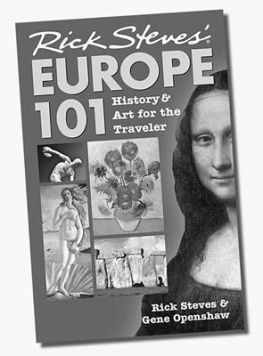


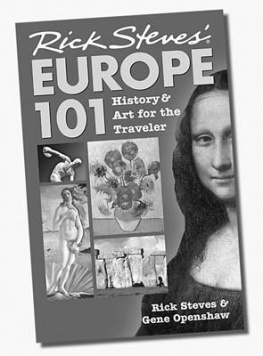

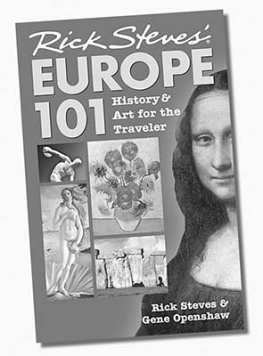
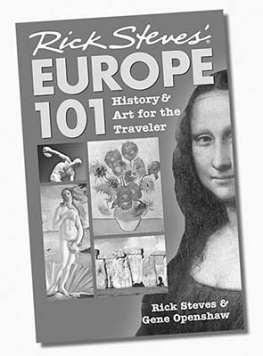
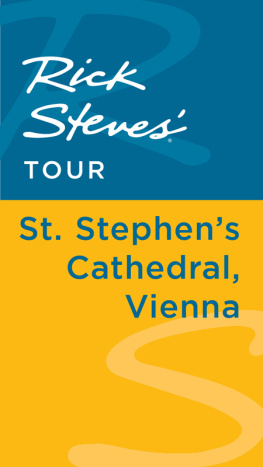
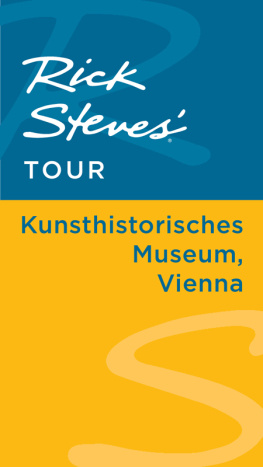

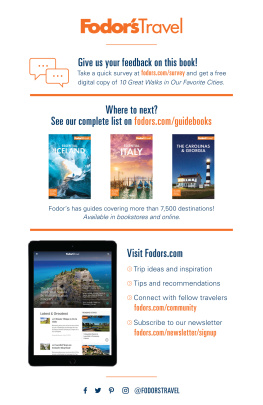
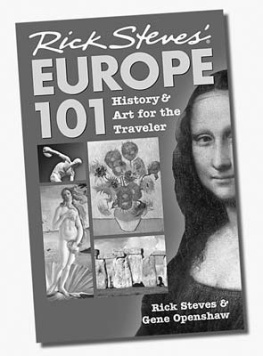

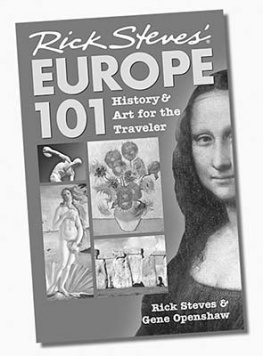
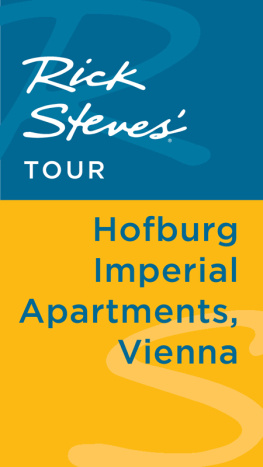
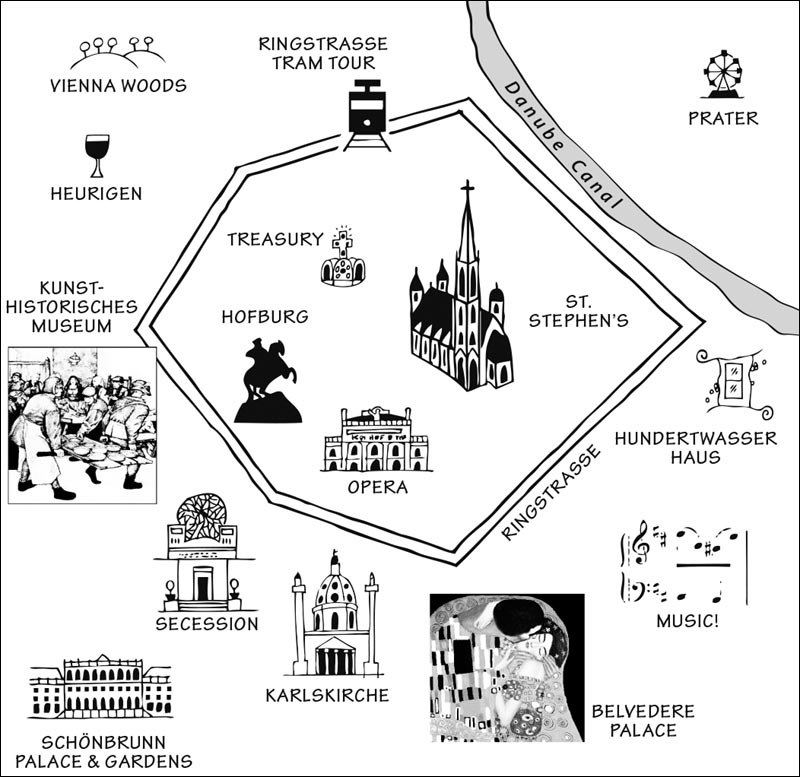
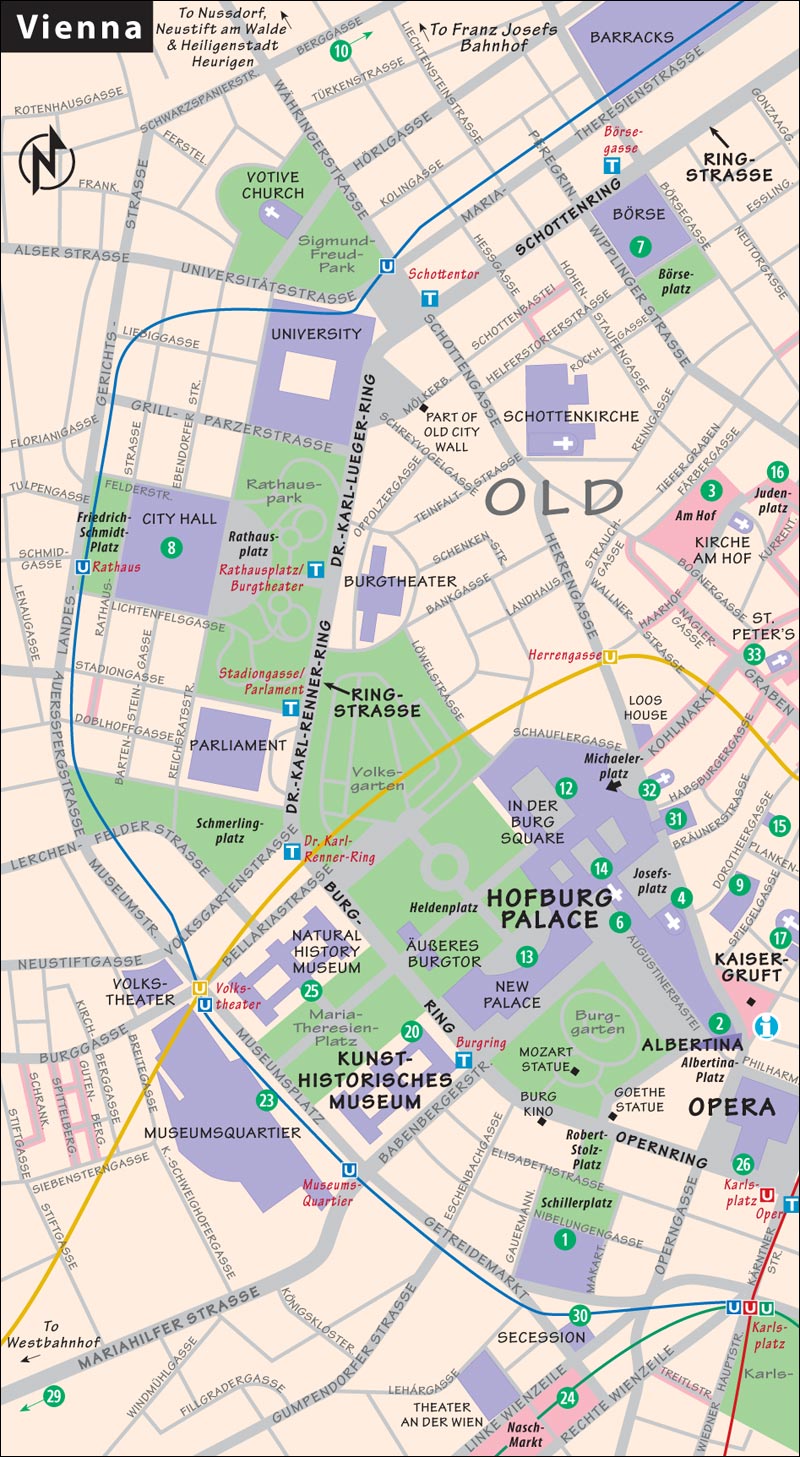
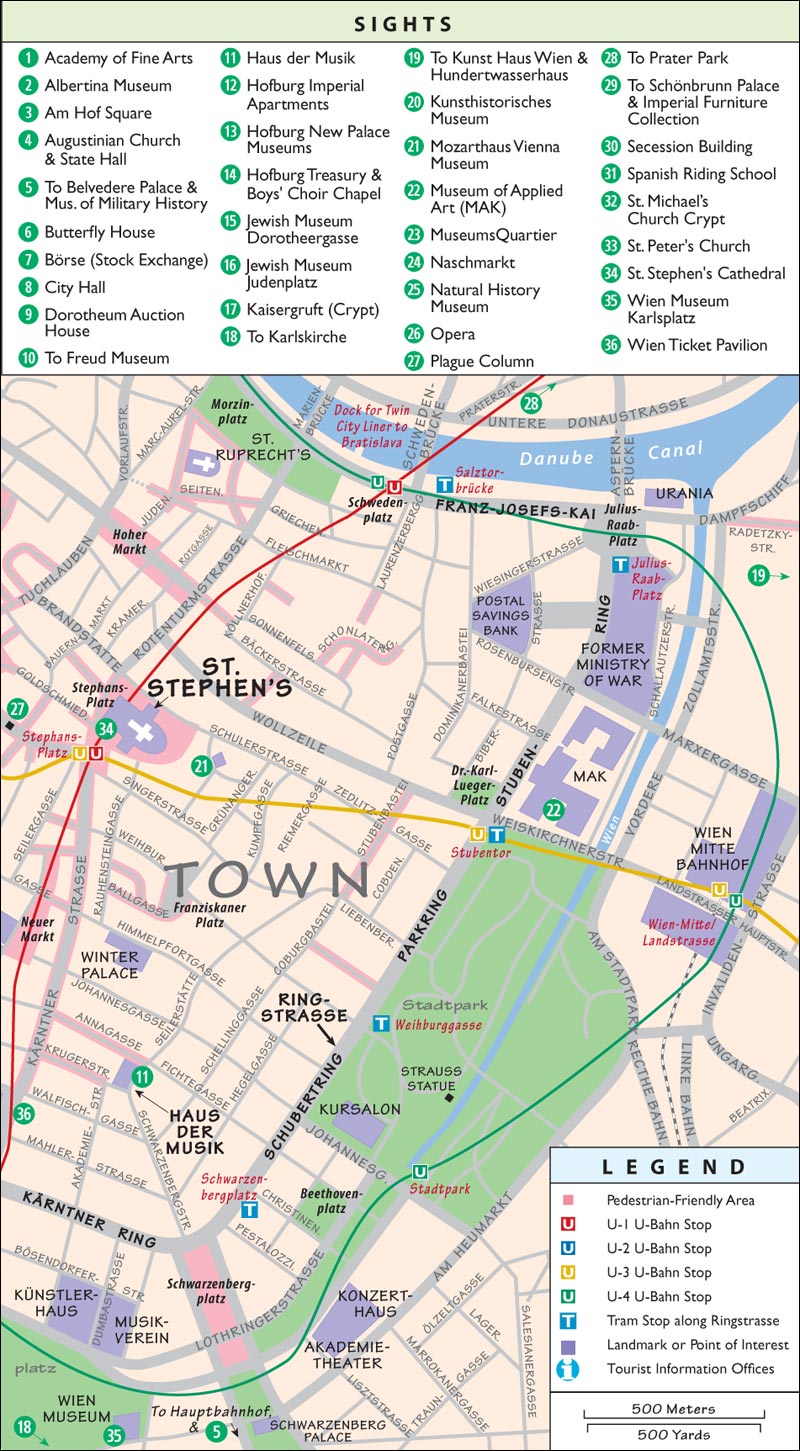
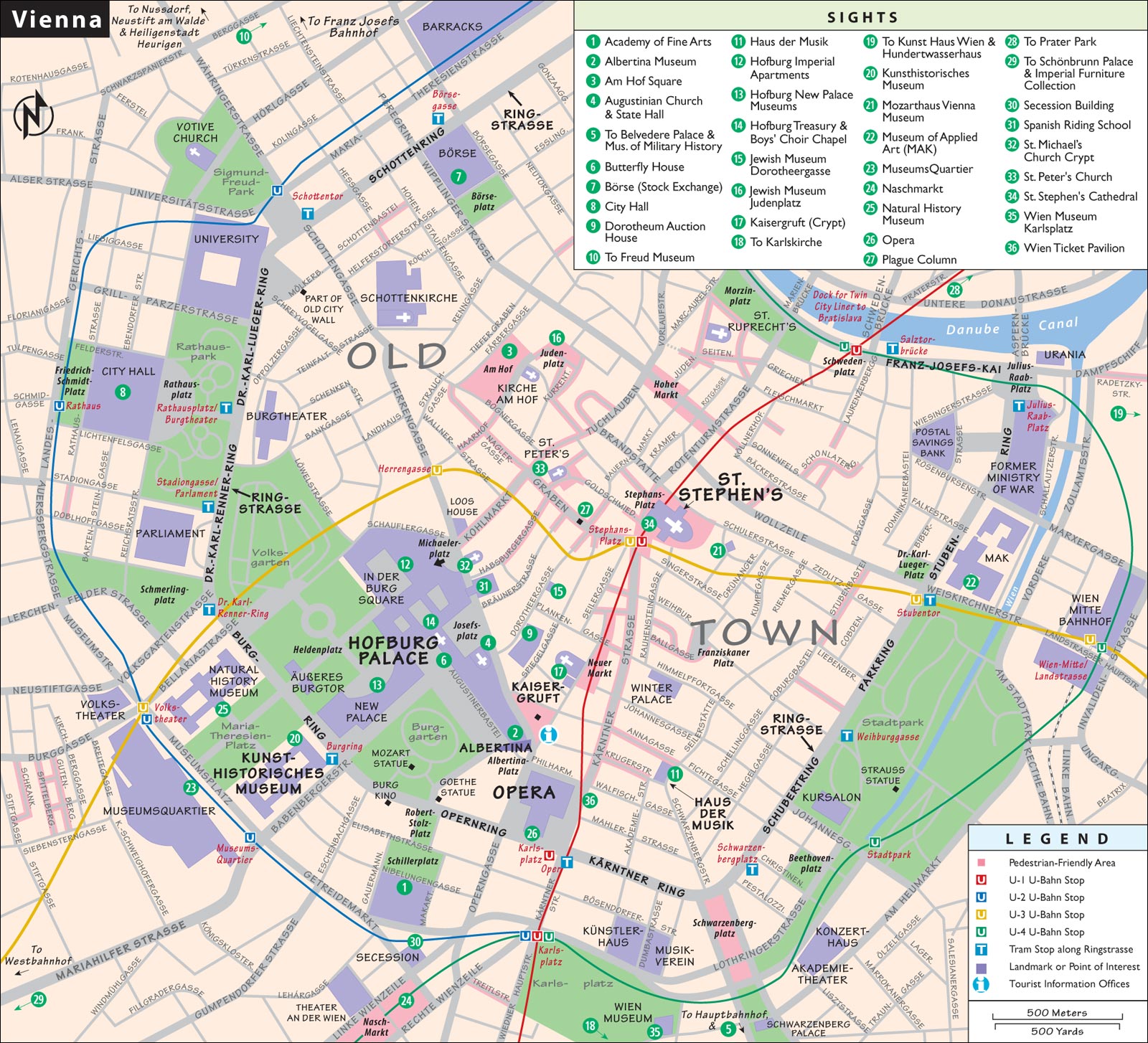
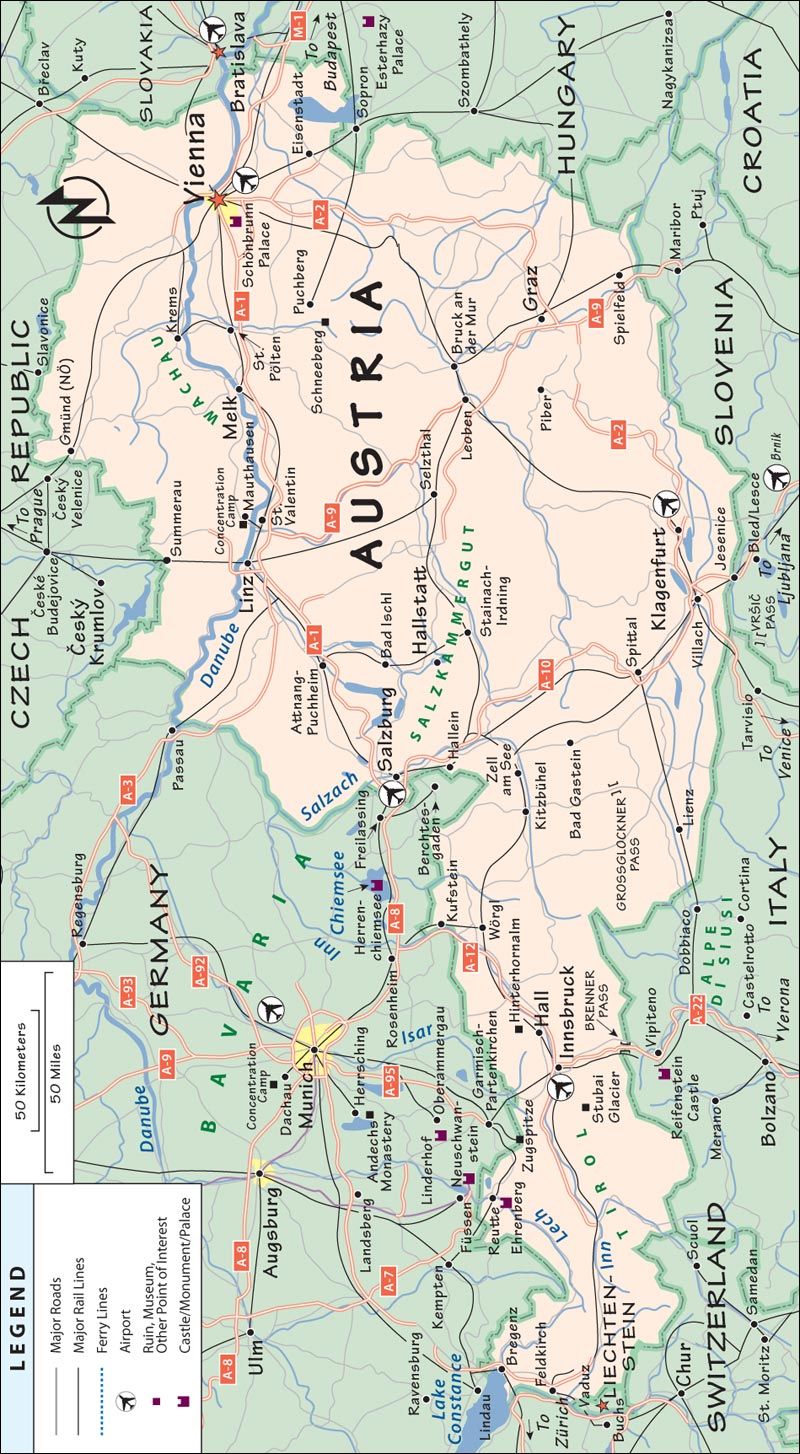
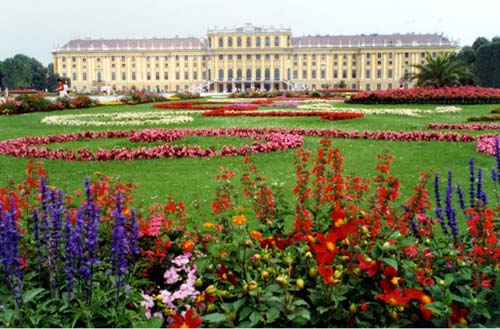
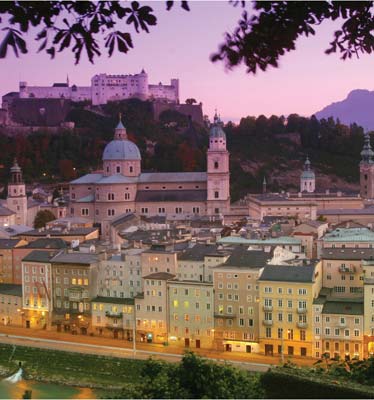
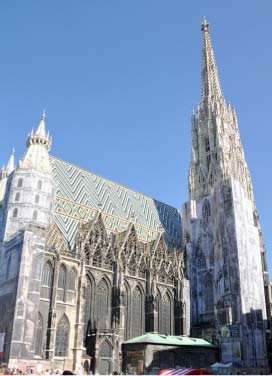
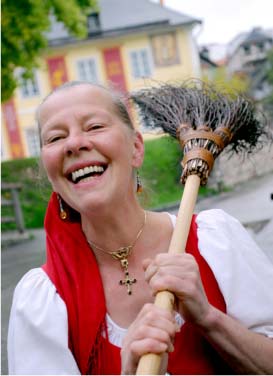

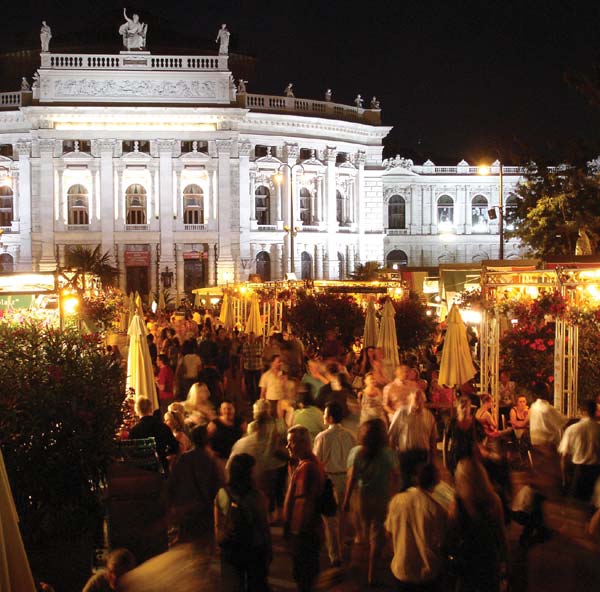
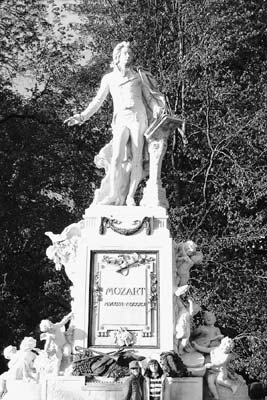
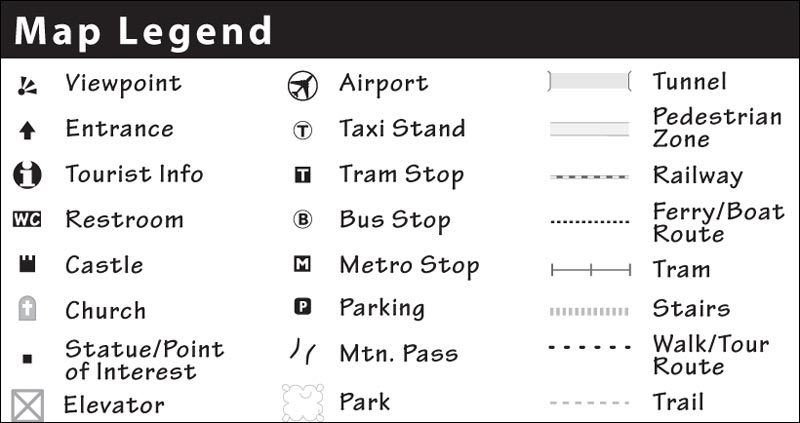
 symbol near a sight listing, it means that sight is described in far greater detail elsewhereeither with its own self-guided tour, or as part of a self-guided walk.
symbol near a sight listing, it means that sight is described in far greater detail elsewhereeither with its own self-guided tour, or as part of a self-guided walk.